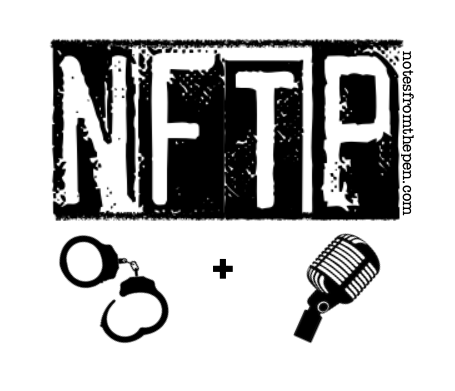Heartbreak And Tear-Jerkers
I was talking with a friend after watching the movie, A Ghost Story, and we delved into a discussion about why it resonated with a few of us (actually, just us) so deeply, and went over the head of most of our fellow convicts. We finally came to see that it layed somewhere in our shared appreciation of melancholy and heartbreak, and especially the joy of experiencing the artistic expression of these things.
Movies like:
Eternal Sunshine of the Spotless Mind
The Great Gatsby
A Ghost Story
The Notebook...
Songs like:
Tuesday's Gone by Skynyrd
Life Goes On, 2Pac
Knocking on Heaven's Door, Clapton
A Change is Gonna Come, Sam Cooke
I'd Rather go Blind, Etta James
I get Overwhelmed, Daniel Hart.
Needless to say, (as is my annoyingly obsessive nature to know and understand all things) this got me to thinking.
This love of sad art is a mixture of two seemingly opposed ideas: pain and love. And this terribly beautiful dichotomy has always had a pull on me, and I'm incredibly interested in what it is, and where it comes from. Why do we love sad art?
For as long as I can remember I've had this cannonball in my chest. For lack of a better word, it's a sadness—or better yet, an affinity for sad shit. And for as long as it's been there, I've misunderstood the nature of this feeling. With the perspective of time, and age, and experience—I guess—I have a better understanding of this weight that I've been lugging around all these years.
This confusing draw towards pain had always been something to run from or, occasionally, towards. I had many methods: distraction, rebellion, intoxication, inebriation, and inevitably, despair. For a long portion of my life I loved nothing more than drinking alone and listening to heartbreaking songs.
So, recently, taking my own advice, I tried to strip all the preconceived notions, all the prejudices, all the assumptions I held, and I looked at this weight in my chest as objectively as possible—as if I were looking at it for the first time. What I saw, from this new angle, not tainted by the brush I had been painting it with all these years, was the nature of this feeling—where this draw comes from.
I saw that this underlying weight, that lead me to fall madly in love with sad songs, track down and watch heartbreaking movies over and over again, and to pour over the pages of classic tragedies, comes from a beautiful place. This draw to sadness, at its root, is a heartbreaking appreciation of the fleeting and overwhelming beauty of life; a heartbreak for the impermanence of it all; a beautiful appreciation for what we have, and are constantly losing: the sunsets, the sex, the laughter, the joy, the frustration, the embarrassment, the success, and the failure, but most importantly the 'relationships.' Those special relationships—in context with the infinite possibilities that came together to lead up to these fleeting connections, in that one special moment in time, are what this draw to heartbreak is all about. This sadness was—is—an homage to the sands flowing through the hourglass of our personal and irreplaceable experience. This heartbreak, for the fleeting beauty of life, is something that I no longer run from. It is—in itself—something that I hope I am never without. Every chance I get, I breathe it in, I sit with it and feel the amazing burden of appreciation.
I'm not sure that everyone has this affinity for heartbreak, but if you're drawn to sad movies and music, you've probably got it. I know I do, and I wanted to unravel this paradoxical love for pain. And I probably haven't done it justice in this short post, but I know I'm getting closer.
As far as I can tell, this draw to sad music and heartbreaking movies comes from an appreciation for the impermanent beauty of life and Love, as it slips away from us...and these things—the music and movies—are the expression of this feeling; our song of heartbreak. This is where our love for sad art comes from.
Then again, I could be wrong. These are just the musings of an overactive, incarcerated mind, that loves heartbreak...
